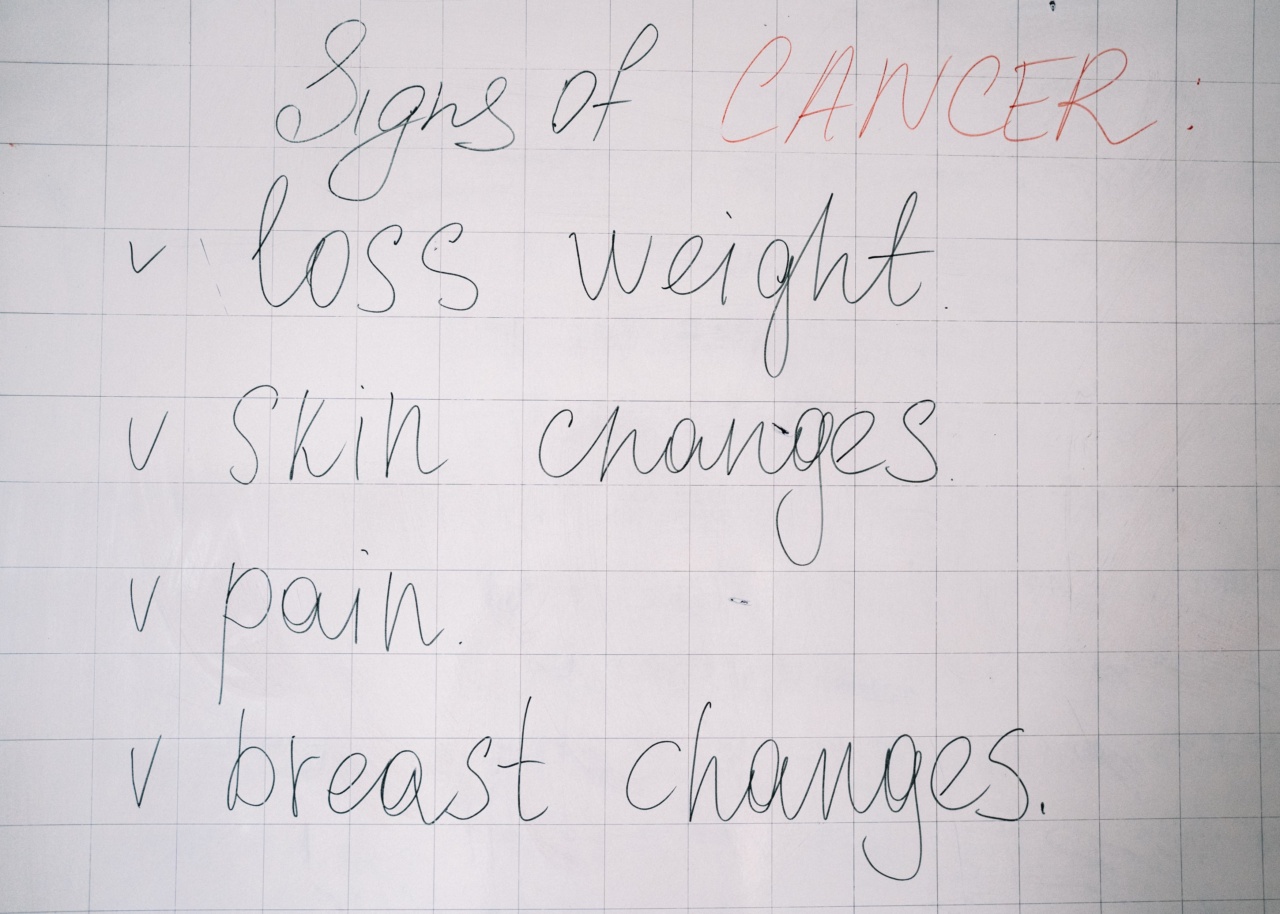Infarction, commonly known as a heart attack, occurs when a part of the heart muscle dies due to a lack of blood flow. It is a medical emergency that requires immediate treatment to prevent further damage and potential death.
Unfortunately, some people may not be aware that they are having a heart attack and may not seek medical care until it is too late. Recognizing the early warning signs of infarction is crucial to getting timely medical help and avoiding serious consequences. In this article, we will discuss two symptoms to look out for that may indicate the onset of infarction.
Chest Pain or Discomfort
Chest pain or discomfort is the most common symptom of infarction. It is often described as a feeling of tightness, pressure, squeezing, or burning in the chest that may last for several minutes or come and go.
The pain may also radiate to the arms, neck, jaw, back, or stomach. Some people may experience only mild discomfort or no pain at all, especially women, older adults, and people with diabetes.
However, any new, unexplained, or persistent chest discomfort should not be ignored and should be evaluated by a healthcare professional.
Shortness of Breath
Shortness of breath, also known as dyspnea, is another common symptom of infarction. It may occur at rest, during physical activity, or while lying flat and may be accompanied by a feeling of suffocation, tightness in the chest, or wheezing.
Shortness of breath may also be accompanied by other symptoms such as fatigue, dizziness, sweating, or nausea. People with pre-existing lung or heart conditions may be more prone to shortness of breath, but any new or sudden onset of shortness of breath should be evaluated by a healthcare professional.
Other Symptoms
Infarction may also cause other symptoms, such as:.
- Nausea or vomiting
- Indigestion or heartburn
- Fainting or lightheadedness
- Extreme weakness or fatigue
- Cold sweat or clammy skin
- Unexplained anxiety or fear
Some people may have no symptoms at all, especially those with silent infarction or atypical symptoms. These are more common in older adults, women, and people with diabetes.
Therefore, it is essential to be aware of your risk factors and to seek medical help immediately if you suspect that you or someone else may be having a heart attack.
When to Seek Medical Help
If you experience any of the symptoms listed above, call your local emergency number (such as 911 in the United States) or go to the nearest emergency room right away.
Do not try to drive yourself to the hospital or wait to see if the symptoms go away, as time is of the essence in treating infarction. Delaying medical care may result in serious complications or death.
Risk Factors and Prevention
Infarction is usually caused by a buildup of plaque in the coronary arteries that supply blood to the heart muscle. Risk factors for infarction include:.
- Smoking
- High blood pressure
- High cholesterol
- Diabetes
- Family history of heart disease
- Obesity
- Sedentary lifestyle
To reduce your risk of infarction, you should:.
- Quit smoking
- Control your blood pressure and cholesterol levels
- Eat a heart-healthy diet
- Exercise regularly
- Maintain a healthy weight
- Manage stress and anxiety
- Get regular check-ups and screenings
Conclusion
Infarction is a serious medical emergency that requires immediate attention. It is important to be aware of the early warning signs of infarction, such as chest pain or discomfort and shortness of breath, and to seek medical care without delay.
Knowing your risk factors and taking steps to prevent infarction can also reduce your chances of having a heart attack. Remember, time is critical in treating infarction, so do not hesitate to call for help if you or someone you know is experiencing these symptoms.






























